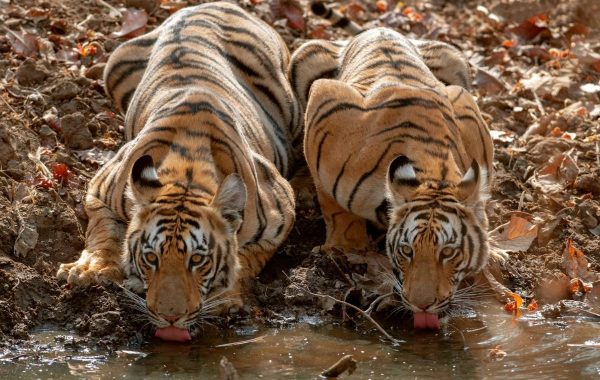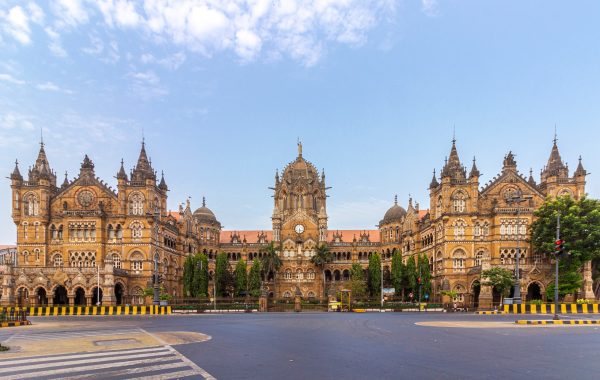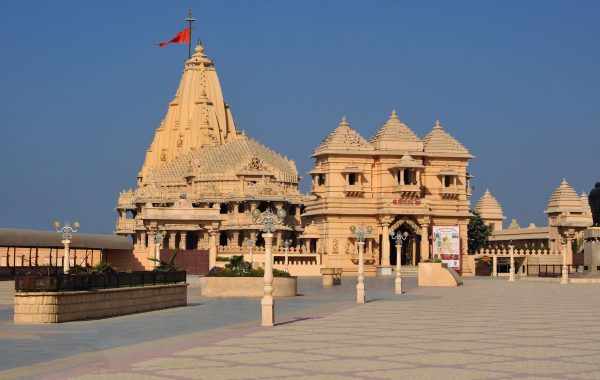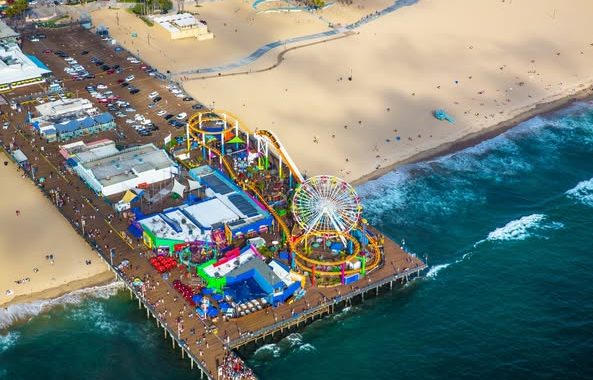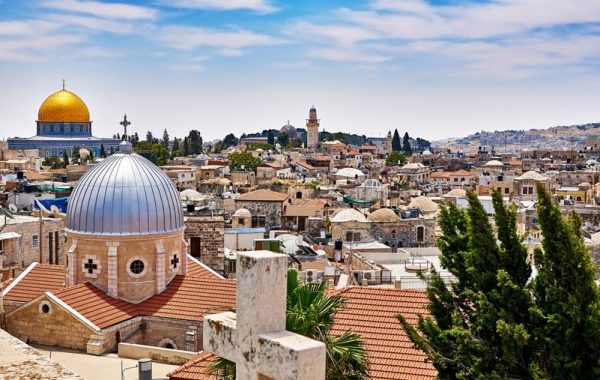Explore the vibrant streets of Bhuj, where every corner tells a story of rich history and cultural splendor
Nestled in the vibrant and culturally rich region of Kutch in Gujarat, Bhuj stands as a testament to the timeless charm of heritage, history, and artistic endeavors. This guide delves into the myriad attractions, cultural treasures, and practical tips that make Bhuj an enchanting destination for those seeking an authentic and immersive experience.
What To See
Palaces
The Old City area of Bhuj is full of beautiful castles, including Prag Mahal Palace, hidden behind towering stone walls and accessible through a narrow road. The palace, once the seat of Kutch rulers, has several aesthetic and architectural influences but is predominantly Gothic in style. A square clock tower rises over it, topped with an imposing gabled roof. The inside is sparsely furnished but that allows the exquisite carvings on the palace’s window panels, elegant columns, and arched doorways to stand out. The durbar hall especially, with its chandeliers, gold-skirted classical statues, and ceilings with relief work, is a sight to behold.
Adjacent to Prag Mahal is the Aaina Mahal Palace or the palace of mirrors. It was built in the 18th century by Kutchi ruler Maharao Lakhpatiji, renowned for his flamboyance and patronage of the arts. In fact, the artefacts and paintings inside the palace are from around the world.
Less than a kilometre away is the Sharad Bagh Palace, set amidst a thick cover of trees, shrubs, and flowering plants. The comparatively modest structure was the residence of the last ruler of Kutch, Maharao Madansinji, who served as the ambassador to Norway from 1957-60. On display are an eclectic collection of gold coins, stuffed toys, paintings, and mementos from his career in the Indian Foreign Services.
Also Read: Spiritual Tourism | 6 Religious Places To Visit in and Around Ahmedabad
Hamirsar Lake
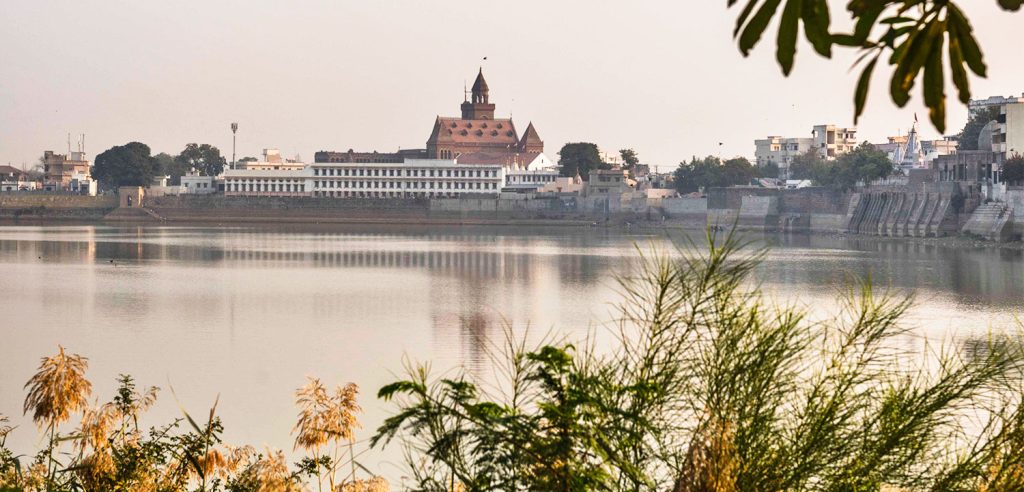
Hamirsar Lake offers a refreshing retreat on scorching afternoons, attracting visitors who seek respite by swimming, relaxing under the shade of trees, or witnessing the traditional practice of women laundering clothes. Strolling along the lake’s periphery serves as an excellent means of traversing between various attractions situated in close proximity to the eastern side of the lake. A leisurely walk from the Aina Mahal to the Swaminarayan Temple, passing landmarks such as the Praga Mahal, Kutch Museum, Ramkund Stepwell, Ram Dhun Temple, and Alfred High School, takes approximately half an hour. On the opposite side of the lake, one can find the Sharad Baug palace and the route leading to the royal chhatardis.
Shopping
Gujarat’s textile and handicraft traditions are renowned the world over, and the narrow streets of Old Saraf Bazaar, close to the entrance of Prag Mahal, are just the place to get them. Shops sit cheek-by-jowl and the displays are a riot of colour. They sell intricately embroidered men’s jackets, saris, bandhini dupattas, cloth dolls, and mobile covers. Jewellery lovers will find a vast variety of silver trinkets.
Cuisine
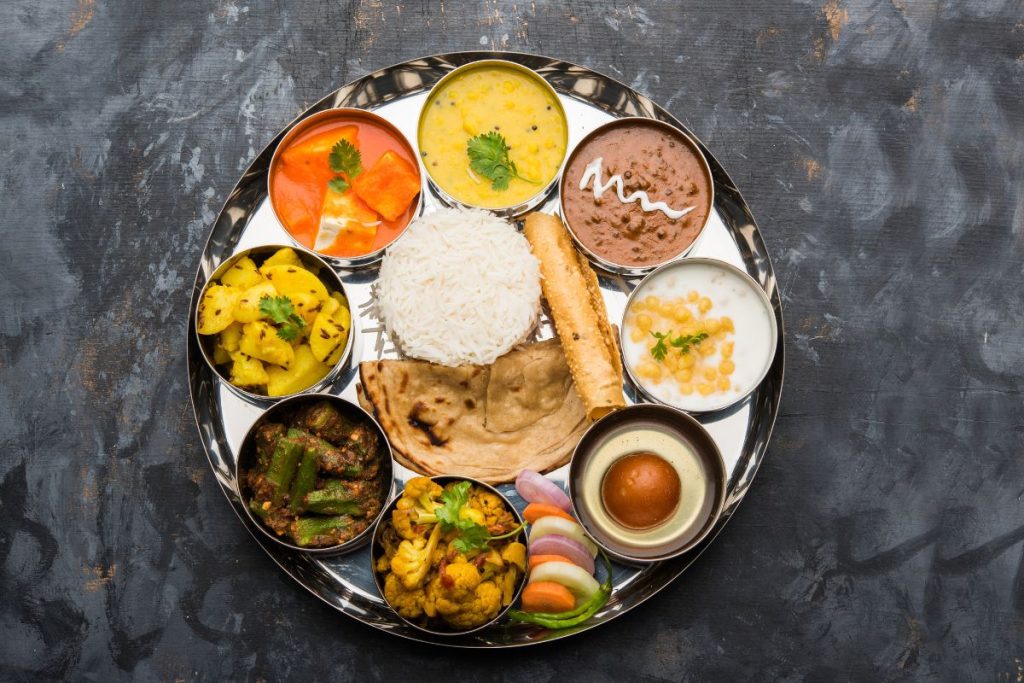
Bhuj offers a diverse culinary landscape, blending traditional Gujarati flavors with local Kutchi influences. Indulge in the local delicacy, dabeli, a scrumptious sandwich filled with sweet and savory potatoes. For a more elaborate culinary experience, explore the city’s eateries serving authentic Kutchi thalis, laden with millet roti, kadhi, and the flavorful semi-liquid khichri.
Day Trip – Great Rann Of Kutch
The Rann of Kutch (located about 85 kms from Bhuj) unfolds as an immense stretch of parched earth, situated inland from the sea, captivating its beholders. The vast emptiness spanning miles is simultaneously both unnerving and breathtaking, interspersed with small oases of water bodies and shrub forests that serve as habitats for captivating pink flamingoes and free-roaming wild asses. Amidst this desolate landscape, tribal hamlets boast cylindrical mud bhungas (huts) that stand as vibrant hubs for Kutchi embroidery, tie and dye, leatherwork, pottery, bell metal craft, and the renowned Rogan painting, meticulously practiced by the sole surviving expert family.
Also Read: Spiritual Tourism: 4 Must-Visit Temples In Dwarka, Gujarat
Plan your visit between November and March to get some sand in your shoes and a taste of Kutchi culture at the Rann Utsav. The annual three-month-long cultural extravaganza is held in Dhordo, a village in the Great Rann of Kutch close to the Indo-Pak border. Enjoy folk performances by local artistes, shop artefacts and bandhani sarees, and eat Kutchi staples such as dabeli and thalis that come loaded with bajri no rotlo (millet roti), green chilli pickle, chhas (buttermilk), ghee-rich khichdi, and kadhi. Hop onto a camel cart for a ride through the white expanse or go parasailing and dirt-biking.

Approximately 200 kilometers east of the Rann lies the Little Rann of Kutch, encompassing the 4953-square-kilometer Wild Ass Sanctuary. This sanctuary is home to the last remaining population of the chestnut-colored Indian wild ass (khur), coexisting with blue bulls, blackbuck, and chinkara, creating a harmonious balance within this unique and biodiverse ecosystem.
Orientation
Bhuj is in western Gujarat, about 865 km/16 hours northwest of Mumbai and 330 km/8 hours west of Ahmedabad.
Getting There
Air: Bhuj has an airport with two daily flights from Mumbai but Ahmedabad has better connections to the rest of the country.
Rail: Bhuj is connected to Mumbai by several trains, including the daily Kutch Express.
Road: Take NH8 out of Mumbai to Vadodara, and get on to the Vadodara-Ahmedabad Expressway. From there, take SH 7/NH 947 towards Viramgam, and continue on the road to Bhuj via Dhrangadhra, Halvad, and Bhachau. The six-lane highway makes for a great drive.
Best Time To Visit
Between April and October, temperatures go well past 36°C and often cross into the 40s. The monsoon (June-Sept) brings some relief with occasionally heavy rains. From November to February, daytime temperatures go over 25°C, and hover between 10-15°C during nighttime. This is also the ideal time to visit. Avoid visiting the Rann during the monsoon months.
Bhuj, with its historical allure, vibrant markets, and cultural richness, unfolds as a destination that seamlessly blends the old and the new. Whether you’re exploring the opulent palaces, bargaining in bustling markets, or savoring the local cuisine, Bhuj promises an unforgettable journey into the heart of Kutch. Embrace the authenticity, soak in the traditions, and let Bhuj cast its spell on you, leaving you with indelible memories of a truly enriching travel experience.
For latest travel news and updates, food and drink journeys, restaurant features, and more, like us on Facebook or follow us on Instagram. Read more on Travel and Food Network
Trending on TFN
A Spanish Odyssey: Trafalgar’s Unparalleled Best of Spain Itinerary
Imperial Splendors: Trafalgar’s 10-Day Sojourn in Prague, Vienna, and Budapest





